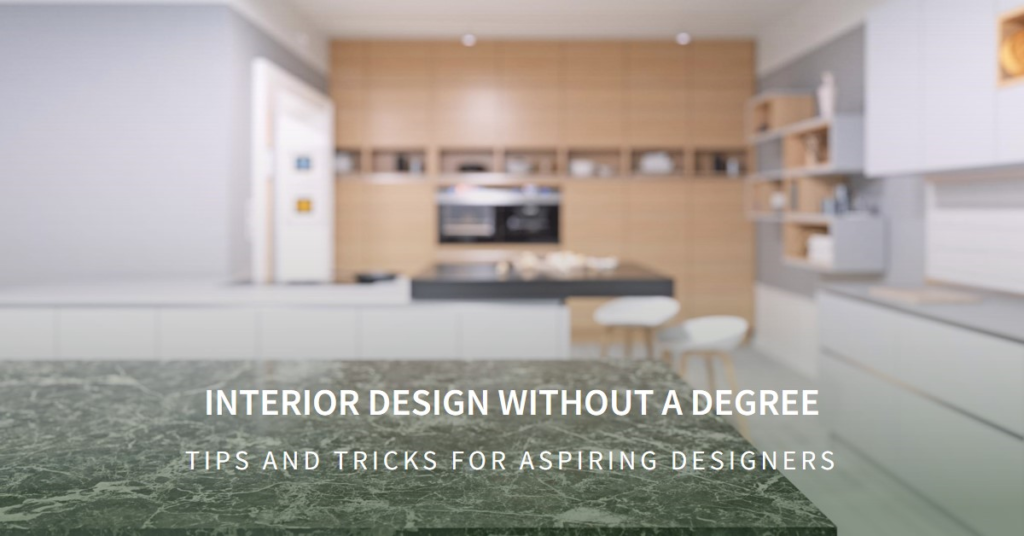
Table of Contents
- Introduction: Unleashing Creativity in Exterior Design
- The Power of Visualization:
- Gathering Inspiration: Where to Start
- Defining Your Style:
- Choosing a Color Palette:
- Selecting Materials and Textures:
- Incorporating Landscaping Elements:
- The Role of Lighting:
- Adding Personal Touches:
- Bringing It All Together: Finalizing Your Design Board
- Conclusion: The Art of Exterior Design
Introduction: Unleashing Creativity in Exterior Design
Creating a stunning exterior design for a home or building involves more than just selecting materials and colors. It’s about capturing a vision and translating it into a cohesive and appealing aesthetic. One of the most effective tools for achieving this is the exterior design board. These boards serve as a visual guide, helping designers, architects, and homeowners bring their ideas to life. In this blog post, we’ll explore the importance of exterior design boards, how to create them, and tips for making the most of this powerful tool.
The Power of Visualization:
Exterior design boards are essential for visualizing the final look of a building. They allow you to see how different elements will come together, ensuring that the design is harmonious and appealing. Visualization is key in design because it bridges the gap between abstract ideas and tangible results.
By creating a design board, you can experiment with various materials, colors, and textures before making any permanent decisions. This not only saves time and money but also allows for more creative freedom. It’s easier to make changes on a board than it is on a construction site.
Gathering Inspiration: Where to Start
The first step in creating an exterior design board is gathering inspiration. Look at various sources, such as architectural magazines, online platforms like Pinterest and Houzz, and even real-life buildings. Pay attention to styles, colors, materials, and landscaping elements that catch your eye.
Once you’ve collected a substantial amount of inspiration, start categorizing it. Group images by style, color palette, or material type. This organization will help you identify common themes and preferences, making it easier to narrow down your choices later on.
Defining Your Style:
Before diving into the design board, it’s crucial to define your style. Are you drawn to modern, minimalist designs, or do you prefer traditional, rustic aesthetics? Knowing your style will guide your choices and ensure that your design board reflects a cohesive vision.
Consider the architectural style of the building and the surrounding environment. A sleek, contemporary design may not suit a historic neighborhood, just as a rustic, farmhouse look might seem out of place in an urban setting. Your design should complement its context while still reflecting your personal taste.
Choosing a Color Palette:
Selecting a color palette is one of the most critical steps in creating an exterior design board. Colors set the tone for the entire design and can significantly impact the building’s curb appeal. When choosing colors, consider both the architecture and the landscape.
A well-chosen color palette can enhance the architectural features of the building and create a harmonious blend with the surroundings. Neutral tones are timeless and versatile, while bold colors can make a statement. Don’t be afraid to mix and match until you find the perfect combination.
Selecting Materials and Textures:
Materials and textures add depth and interest to exterior designs. From brick and stone to wood and metal, the possibilities are endless. When selecting materials, consider their durability, maintenance, and how they complement the overall design.
Textures can be layered to create visual interest. For example, combining smooth stucco with rough stone can add dimension to a façade. Think about how different materials will look together and how they will age over time. A well-thought-out combination of materials and textures can elevate an exterior design from ordinary to extraordinary.
Incorporating Landscaping Elements:
Landscaping plays a vital role in exterior design. It frames the building, adds color and texture, and can even influence the overall aesthetic. When creating your design board, don’t forget to include landscaping elements such as plants, trees, walkways, and outdoor furniture.
Consider how the landscaping will change with the seasons and how it will interact with the building’s design. A well-planned landscape can enhance the architectural features of the building and create a welcoming environment. Whether you prefer a manicured garden or a more natural look, make sure your landscaping complements the overall design.


The Role of Lighting:
Lighting is an often overlooked but crucial aspect of exterior design. Proper lighting can highlight architectural features, improve safety, and create a welcoming atmosphere. When planning your design board, think about both natural and artificial lighting.
Consider how sunlight will interact with your design throughout the day. Incorporate lighting fixtures that complement the building’s style and enhance its features. From pathway lights to accent lights, the right lighting can transform your exterior design, making it both functional and beautiful.
Adding Personal Touches:
Personal touches make an exterior design unique and reflective of the owner’s personality. These can include anything from custom house numbers and mailboxes to unique door hardware and decorative elements. Adding personal touches can turn a standard design into something truly special.
Think about what elements will make the design feel like home. This could be a favorite color, a particular type of plant, or a unique piece of art. Personal touches should be thoughtful and intentional, adding character without overwhelming the overall design.
Bringing It All Together: Finalizing Your Design Board
Once you have gathered all your elements, it’s time to bring everything together on your design board. Arrange your images and samples in a way that tells a cohesive story. Ensure that all elements complement each other and align with your defined style and vision.
Review your design board critically. Ask yourself if the design reflects your style, complements the architecture, and will stand the test of time. Don’t hesitate to make adjustments until you are completely satisfied. Remember, the goal is to create a design that is both beautiful and functional.
Conclusion: The Art of Exterior Design
Creating an exterior design board is an art form that combines creativity, practicality, and a keen eye for detail. By following these steps, you can craft a design that not only looks stunning but also enhances the overall value and appeal of the building. Whether you’re a professional designer or a homeowner embarking on a renovation project, an exterior design board is an invaluable tool for bringing your vision to life.
In conclusion, exterior design boards are not just about aesthetics—they are about creating a harmonious and inviting space that reflects your unique style and vision. So, gather your inspiration, define your style, and start crafting your exterior design board today. The result will be a beautifully designed exterior that you can be proud of for years to come.


